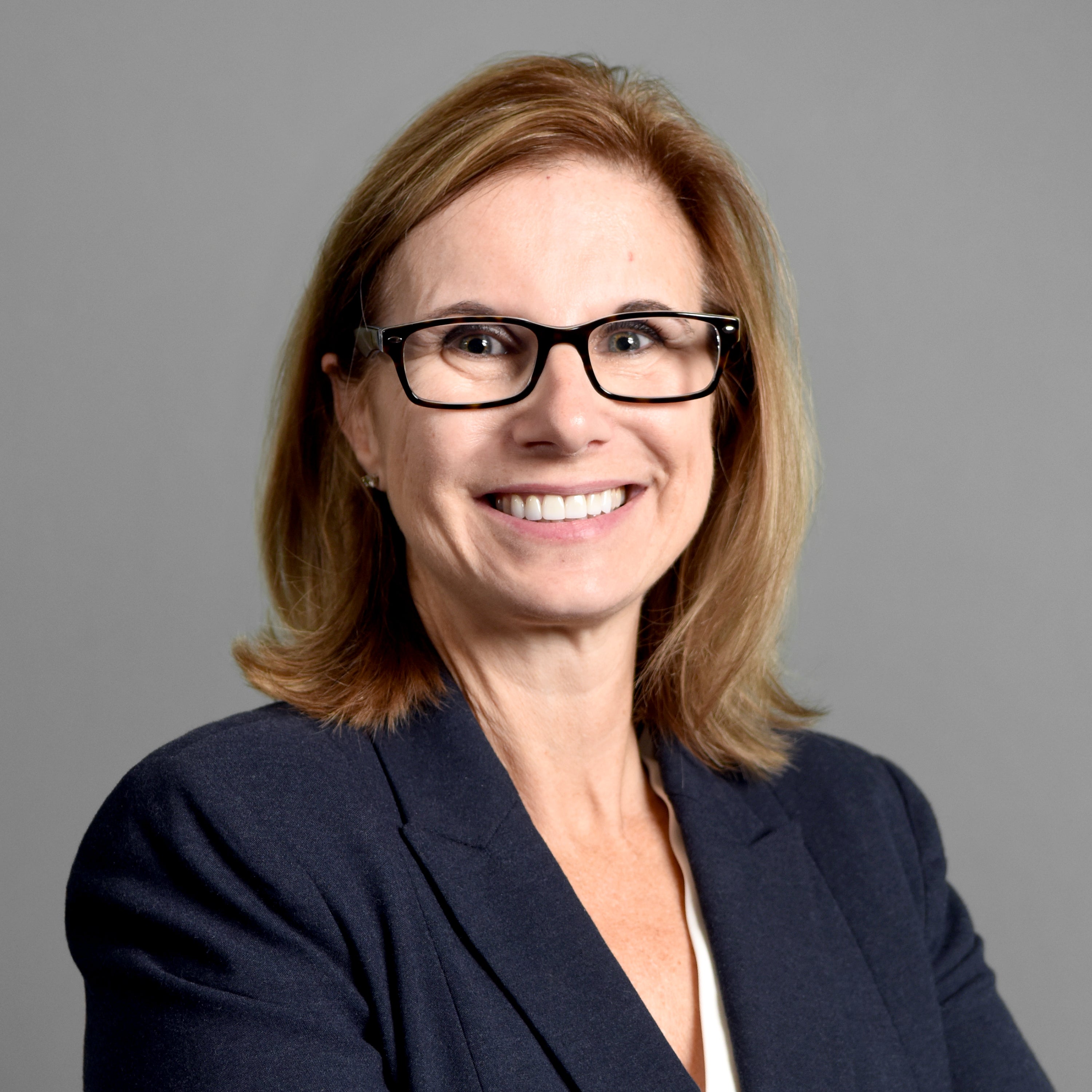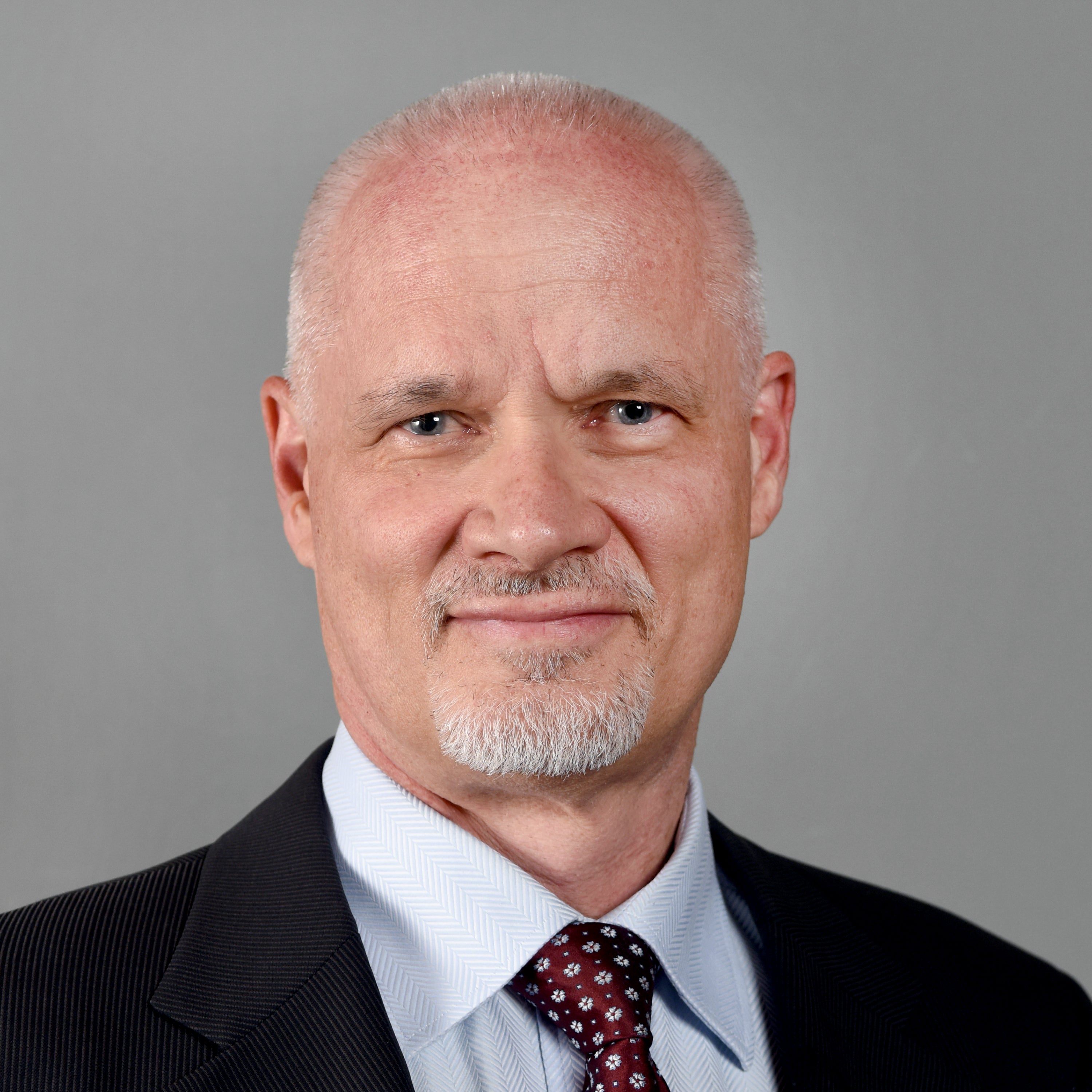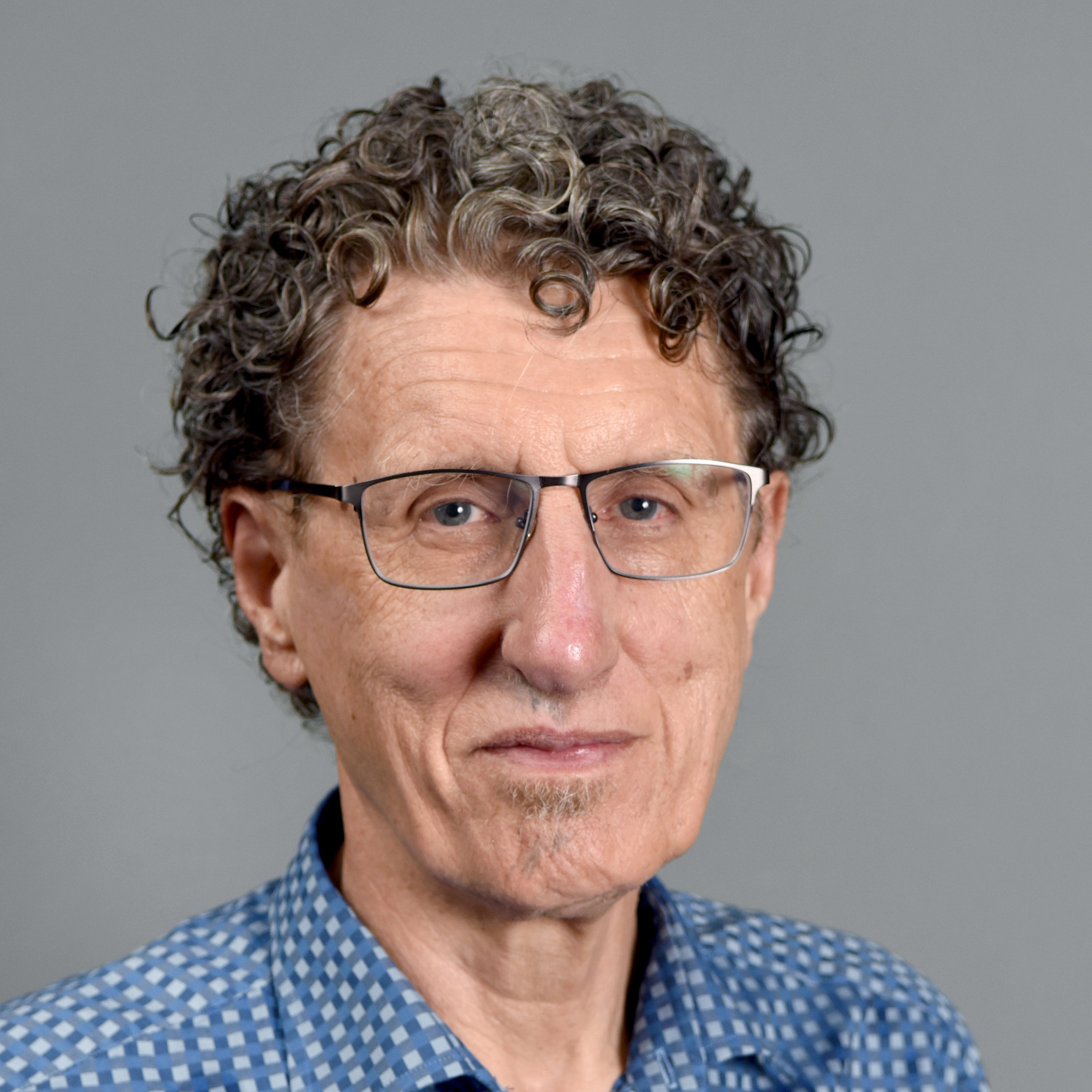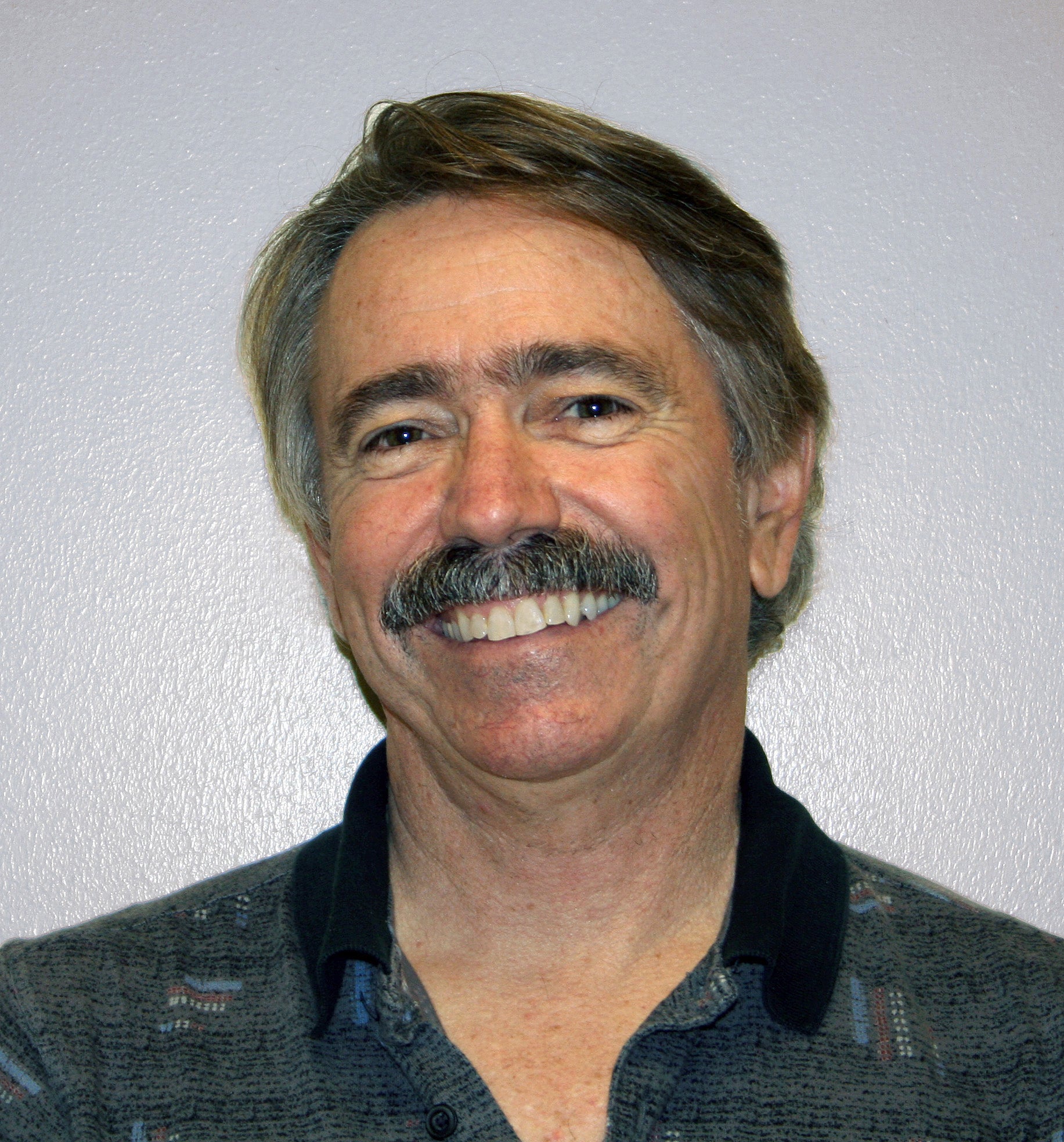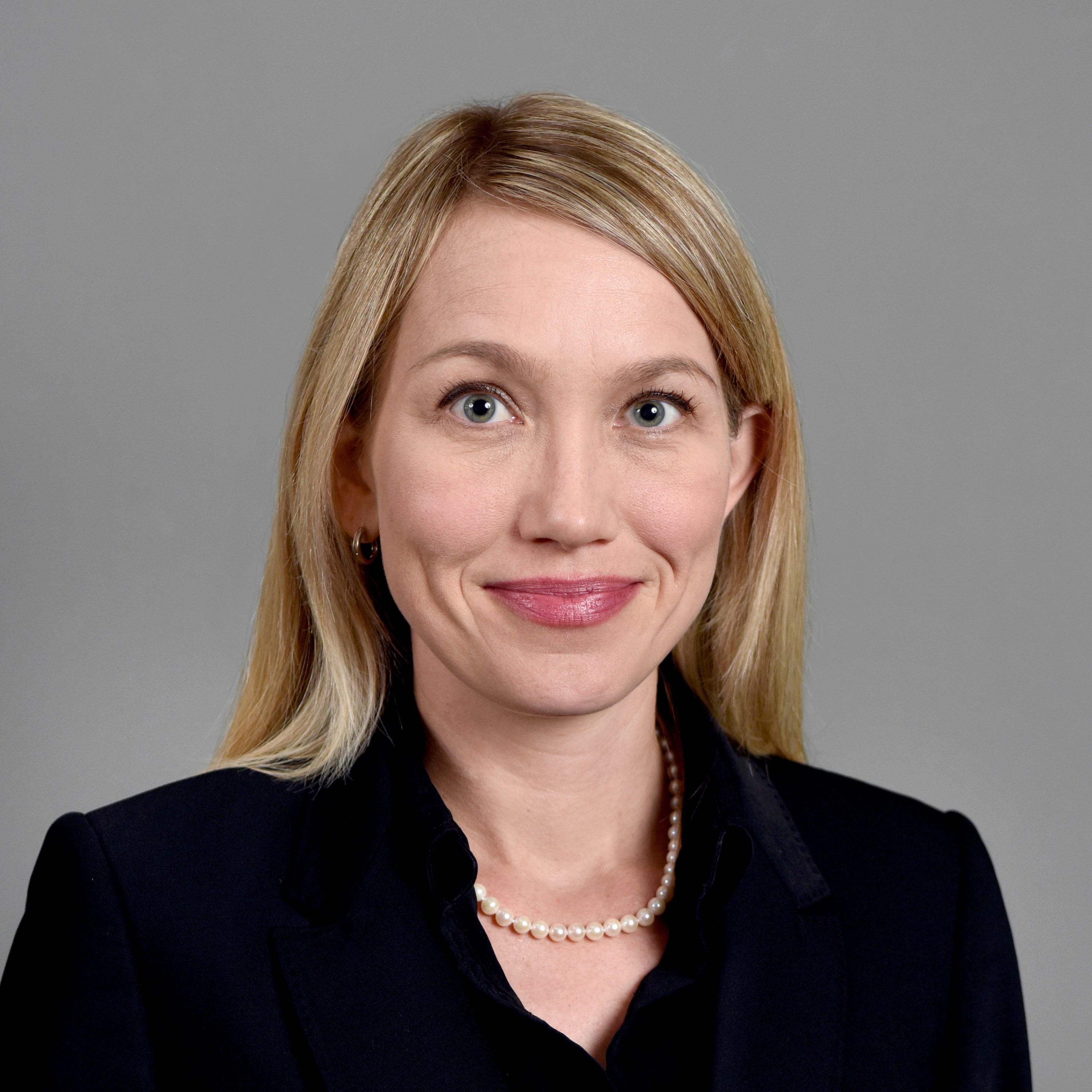Five Arizona State University faculty members have been named President’s Professors, an honor that recognizes faculty who have made substantial contributions to undergraduate education.
They are Lara Ferry, professor of functional morphology in the New College of Interdisciplinary Arts and Sciences; Keith Hjelmstad, professor of structural engineering in the Ira A. Fulton Schools of Engineering; Douglas Kenrick, professor of psychology in the College of Liberal Arts and Sciences (CLAS); Steve Reynolds, a professor who focuses on geology and geoscience in CLAS; and Amber Wutich, a professor of anthropology, also in CLAS.
“These professors have, through their dedicated efforts, transformed the learning environment for students enabling them to succeed,” said Mark Searle, executive vice president and university provost. “They differ in their approaches but accomplish outstanding results, and we can all learn from their efforts and be proud of our colleagues’ achievements.”
The criteria for the President’s Professor honor include mastery of subject matter; enthusiasm and innovation in the learning and teaching process; ability to engage students both within and outside of the classroom; ability to inspire independent, creative and original thinking; innovation in course and curriculum design; and scholarly contributions.
“Engaging students both within and outside the classroom, inspiring original thinking, finding new ways of teaching ideas — these are at the core of who we are as an institution,” ASU President Michael M. Crow said. “And these newest President’s Professors exemplify these qualities. They have had a profound impact on students, and through that, on our greater community. They are an example of the great things that can be done when innovative thinking meets passion for education.”
Learn more about the professors below.
Lara Ferry
Lara Ferry
Ferry is a professor in the School of Mathematical and Natural Sciences, part of the New College of Interdisciplinary Arts and Sciences at the ASU West campus, as well as associate dean of research and strategic Initiatives for New College. She received strong testimony of her peers and students for her dedication and teaching style. She also is a mentor to other teachers, leading and participating in teaching-learning workshops and guiding young faculty. She has created a repository of information and resources that the faculty can access.
She describes herself as an advocate for student-driven learning, and her achievements attest to this. For instance, in her lab classes, she writes that she “uses short readings to set up the concepts that the students need to experience in the lab.” From these concepts, she creates an array of tools or resources that they can use to test hypotheses.
She added a technological innovation to aid in student learning in upper-division physiology, an online lab program to supplement the text, and got this packaged with the text for free. Students complete exercises that require them to think critically and engage “three-dimensionally” with certain physiological concepts that 1) lent themselves to online investigation, 2) complemented the traditional laboratory course without too much overlap, and 3) dealt with topics difficult for students to understand in a “two-dimensional” way. By leveraging technology to the class, she provided a tool that makes students think deeply and permits instruction at a scale important to ASU.
She has consistently taken on new courses that need teaching, teaching 12 different courses since 2013. This includes co-developing and teaching in ProMod emphasizing project-based learning. With colleagues from Tempe, she also participated in the co-development and teaching of the new adaptive/active-learning general education biology course, BIO 100, which has transformed student success in the course at the West and Tempe campuses. Ferry also is active with community-college faculty in forging new relationships to assist students in transitioning to ASU. She helped secure $5 million from the National Science Foundation to support transfer-student success in STEM disciplines in New College.
Keith Hjelmstad
Keith Hjelmstad
Hjelmstad has been a catalyzing force within the Fulton Schools, as well as nationally, in engineering education and research. His ability to engage, challenge and excite undergraduate students with his innovative curricula and courses has had a profound impact. A professor in the School of Sustainable Engineering and the Built Environment, he has completely revamped the sophomore-level mechanics courses (CEE 210, 212 and 213) through an effort he calls “the Mechanics Project,” an effort to create an innovative, highly engaged learning environment for the students. Not only is the quality of the impact great, the quantity of students taught is huge, too. One nominator said, “Because he engages the students in their sophomore year, the impact on our upper-division courses is noticeable. I think it is fair to say that Professor Hjelmstad has made an observable change in the academic culture of our undergraduate civil and construction engineering programs.”
The Mechanics Project is remarkable both in its scope and in the multiple innovations that drive it. He writes: “Two key questions inspired the Mechanics Project. First, in a world in which courses — especially lower-division engineering courses — can be delivered online, what is the future of the bricks-and-mortar, face-to-face education. … If face-to-face education is to endure then we must find and deliver the added value of face-to-face education. The Mechanics Project would, then, be an existence proof of sorts. Second, in a world in which technology advances rapidly, how do we keep pace in the undergraduate curriculum? At some point educational features frozen over decades ago simply will not prepare students for the world that expects them to solve the problems we will face tomorrow.”
Hjelmstad’s classes are developed around a social environment for learning. This involves, among other things, the training and mentoring of a large number (249 to date) of undergraduate teaching assistants (UGTAs), and mentoring of young faculty. A nominator wrote, “To really understand what Hjelmstad has accomplished, one needs to drop in to one of the recitations for these courses. They are a beehive of activity with students talking to each other in their groups and the instructor and UGTAs roaming around giving advice. It is a very social environment, but if you listen to the conversations they are all about mechanics and the problem of the day! Essentially, he is teaching students how to teach and interact socially at the same time they are learning the course materials. The learning environment that Hjelmstad has created also appears to be very effective in bringing along first-generation and underrepresented students. The social environment allows these students to form groups early in their educational journey. Many of these associations endure and spill over into the upper-division classes and to work outside of class — effectively creating a community of learners within the program.”
Douglas Kenrick
Douglas Kenrick
Kenrick is a professor in the Department of Psychology. He is described as “an elite undergraduate (and graduate) educator. He is exceptionally knowledgeable, not only in his own subdisciplines of social, personality and evolutionary psychology, but in psychology more broadly and in related disciplines (i.e., anthropology, evolutionary biology). He has authored successful textbooks, including one text soon to be in its seventh edition. And he has been doing all this consistently for 40 years, all while being a renowned and productive scholar, responsible for seminal research findings and shaping the direction of his field.”
The evidence supplied in support of his impact is compelling. He has taught in classes ranging from large undergraduate lectures of introductory psychology to small doctoral courses and from active research labs of 15–25 students to one-on-one mentoring of honors students. It is estimated he has taught 15,000 undergraduates in the classroom across his career, and perhaps another 1,000 in his lab. More important than just quantity is the quality. He receives glowing evaluations, frequently earning the comment “This is the best course I’ve ever taken!”
But it goes well beyond that. A reviewer writes: “It’s worth noting that, when I get his students in my upper-level undergraduate courses, it’s clear that they know their stuff; I can’t count the times that I’ve asked a student who’s just asked an especially perceptive question who she took social psychology from, with the answer coming back ‘Kenrick.’”
Additionally, there is a rush to interview to join his lab as research assistants. His seminars are similarly renowned for his careful selection of empirical and theoretical readings each week that compel, through active discussion, an exciting exploration of the depths of human nature. And his success as an honors mentor and research supervisor is outstanding, with former ASU undergraduates shaping the next generations of scholars from their own faculty positions at the University of Minnesota, Stony Brook and University of Amsterdam, among others.
Unwilling to merely continue to do what he has done so successfully for 40 years, Kenrick is in the midst of creating a new, fascinating upper-level undergraduate course — and in a completely new format for him. He’s calling it the Discovery of Human Nature, and in it each student will become an expert on one great discoverer. The students will research their great discoveries, how they challenged earlier assumptions about human nature and how they shaped modern research in the behavioral sciences. It is interdisciplinary, integrative and intriguing.
Steve Reynolds
Steve Reynolds
Reynolds, a professor in the School of Earth and Space Exploration, is an outstanding and innovative teacher. He has transformed the teaching philosophy of his scientific field, and his three introductory textbooks are among the most widely used texts in the world. He is internationally known for interactive, student-centered instruction, even in large auditorium-style classrooms, having given nearly 100 talks and workshops about teaching and learning at national meetings, education workshops, symposia and invited talks to universities and colleges. And he has provided significant guidance for many colleagues on their course design and teaching style.
Reynolds expanded his expertise from his scientific field to the art and science of teaching itself. With a background in the cognitive sciences, he initially focused on the process of visualization, which many see as one of the critical components of scientific expertise. As a result, he approached the NSF and received funding for the Hidden Earth project, an interactive computer-based system for geoscience learning. He has also produced a number of widely used educational websites, including Visualizing Topography and Interactive 3D Geologic Blocks, all of which are accessible via his website.
He also built a booth that allows tracking the eye movements of a person looking at an image. Using this technology, he substantially improved the educational value of textbooks. A colleague wrote, “The block-model and eye‐tracking work by Steve and his students has significantly changed the ways that geoscience educators use illustrations to teach our highly visual science. Students complete a series of activities involving rotations and transformations of visual images, as well as adopting alternative perspectives. The students improved in their spatial skills and learned more course content relative to students taught with previous methods. In addition, well-known sex differences in spatial reasoning were virtually eliminated.”
Finally, a reference stated, “He uses his industrial and professional connections to create local and regional professional opportunities for students. His structural geological work is of great interest to environmental agencies, consulting firms and mineral and mining companies. Regularly, he places students in internships with companies or agencies, or has gotten these entities to provide support for students to work with Steve in the field to the benefit of student and company. A recommendation from and experience with Steve Reynolds is a career jump-starter for many students.”
Amber Wutich
Amber Wutich
Wutich, a professor of anthropology and director of the Center for Global Health in the School of Human Evolution and Social Change (SHESC), is an inspirational instructor who has developed a teaching approach that combines hands-on instruction with sophisticated methodology to encourage undergraduates to make a real-world impact. During the past seven years, she has received six teaching and/or mentoring awards within and outside of ASU: the Outstanding Doctoral Mentor Award (ASU); the Excellence in Teaching Innovation Award (SHESC); the Carnegie CASE Arizona Professor of the Year; the Faculty Achievement Award for Excellence in Classroom Performance (ASU); the Zebulon Pearce Distinguished Teaching Award (CLAS); and the Director’s Award for Innovation in Undergraduate Teaching (SHESC).
She has created an environment in which students integrate what they learn in the classroom with research in the field and in the lab. Her undergraduates get an understanding of the research environment and how this research contributes to solving real-world problems. She has created four collaborative educational models that train undergraduate students in this way (open to students in any field, not just anthropology and global health): collaborative global research; lab-based learning (as director of the Culture, Health and Environment Lab); locally engaged citizen science and education; and locally embedded community research.
To illustrate, she designed the Global Ethnohydrology Project (GEP, launched in 2007) as a multiyear, cross-cultural study that examines local ecological knowledge of water in 10 countries. Each year, this study provides hands-on research experiences through a predefined sequence of student engagement including faculty-guided study abroad, mentored research assistantships and, finally, independent research. To date, the GEP has engaged more than 1,000 ASU students. In the locally embedded community research collaborative, she mentors undergraduate students in participatory approaches, ethnographic methods and translational outcomes. In the South Phoenix Collaborative (2008–2013), she and her colleagues designed a community-based study of health risks for Latino immigrants.
The letters from former students accompanying her application provided testimony of her impact on them. One student wrote, “Her method of instruction pushed me and my peers to reach excellence in the written and oral expression of thoughts and conclusions. Public speaking is not my forte; yet, thanks to her encouragement and guidance during our debate assignments, I felt ready and more comfortable to take upon this part of academia. … Her lectures promoted the creation of awareness about global problems that most of us may not be very familiar with. … With projects, class discussions, readings and debates, Professor Wutich promotes the knowledge outside our physical and preconceived boundaries.”
More Science and technology

3 ASU faculty members earn highest honor for early-career scientists, engineers
Three faculty in The College of Liberal Arts and Sciences at Arizona State University have been awarded the Presidential Early Career Award for Scientists and Engineers, or PECASE, by former…

The Polytechnic School at ASU hits milestone mark at 10 years
The year was 2014.Taylor Swift released “1989.” "Frozen” and its soundtrack were stuck in the minds of many.Facebook was still the most popular social media site, and “Happy” by Pharrell…
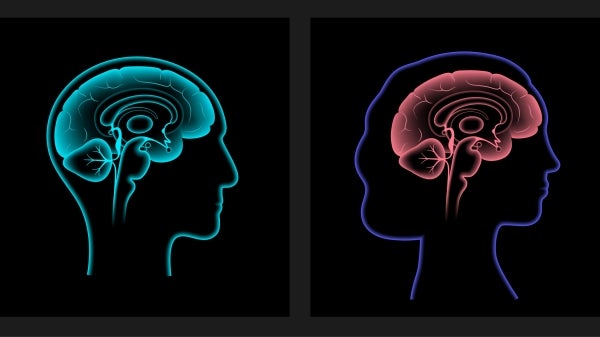
Study finds cerebellum plays role in cognition — and it's different for males and females
Research has shown there can be sex differences between how male and female brains are wired.For example, links have been made between neurobehavioral diseases — such as attention-deficit/…

